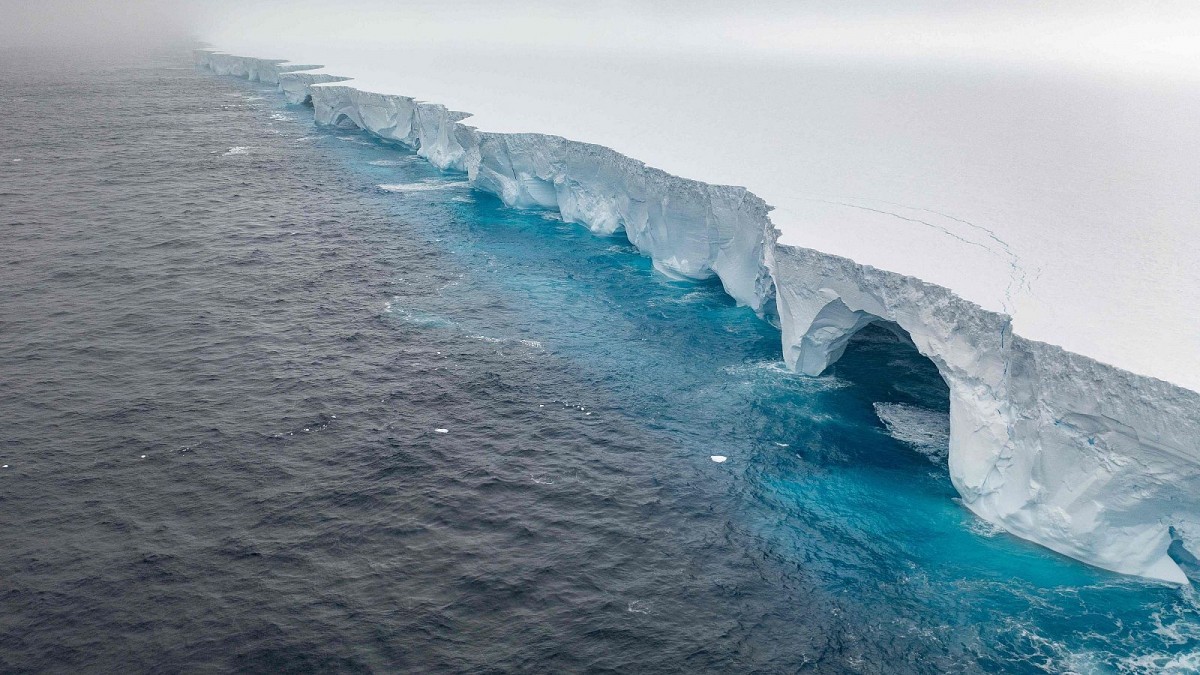An extraordinary path with a natural conclusion
A23a, known as the world’s largest and oldest iceberg, is reaching the final stage of its existence. It calved from the Filchner-Ronne ice shelf in Antarctica in 1986 and has been closely observed by scientists ever since. Its journey has been unusual, as it remained grounded multiple times, which extended its presence in colder waters and slowed down its disintegration.
Now, nearly 40 years later, A23a is breaking apart into massive chunks as it drifts into warmer waters of the South Atlantic. Experts explain that this process is part of the natural life cycle of icebergs, which have been forming and melting for millions of years.
From a colossal size to gradual decline
At its largest, A23a was comparable in size to the Hawaiian island of Oahu. Today, it measures about 1,700 square kilometers, roughly the area of Greater London. Its northward drift has placed it in conditions where an iceberg of its size can no longer survive.
Although its scale has drawn worldwide attention, researchers emphasize that its breakup is not directly linked to climate change but rather to natural oceanic and glacial processes.
Scientific value in its final phase
Despite its imminent disappearance, A23a continues to contribute to scientific understanding. Samples collected along its path are expected to provide insights into how the mixing of fresh and salt water affects marine ecosystems and carbon levels in the ocean.
Eventually, A23a will become too small to be detected by satellites, marking the end of an era in polar observation. However, its legacy will remain in the knowledge it provided about iceberg dynamics and their long-term influence on sea level regulation and marine environments.



